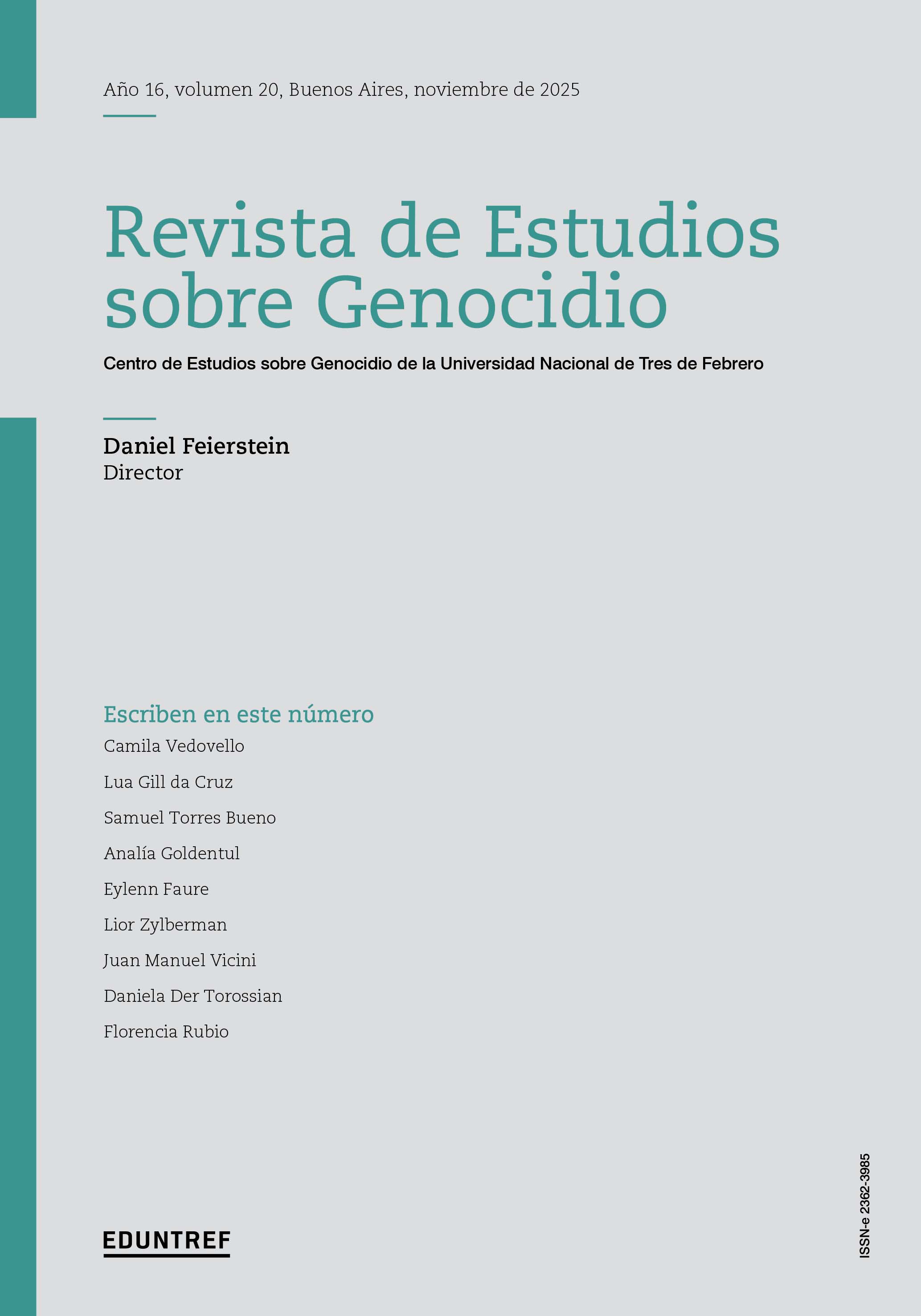Abstract
This article analyzes urban massacres, popularly known as chacinas, and the transformations of this lethal violence over the decades, examining how the emergence of this form of death production in urban spaces is linked to the expansion of urban militarization during the Brazilian Civil-Military Dictatorship. The study takes as its starting point the actions of the Esquadrão da Morte in São Paulo as a central element in the emergence of chacinas in the everyday life of the city of São Paulo and its metropolitan region. The research, which originated as a doctoral tesis, reconstructs the history of massacres, identifying their modus operandi, affected territories, perpetrators, and victims, based on data from the Núcleo de Estudos da Violência (NEV-USP), data collection conducted by the researcher, semi-structured interviews, newspaper analyses, legal documents, and the observation of massacre trials. The article's analyses indicate that the expansion of urban militarization has reconfigured the production of deaths inherent to genocidal policies, with the emergence of massacre. Furthermore, police operations such as Operação Escudo and Operação Verão demonstrate an “unmasking” of these massacres and a possible new reconfiguration of the mechanisms of death production.

This work is licensed under a Creative Commons Attribution-NonCommercial 4.0 International License.


